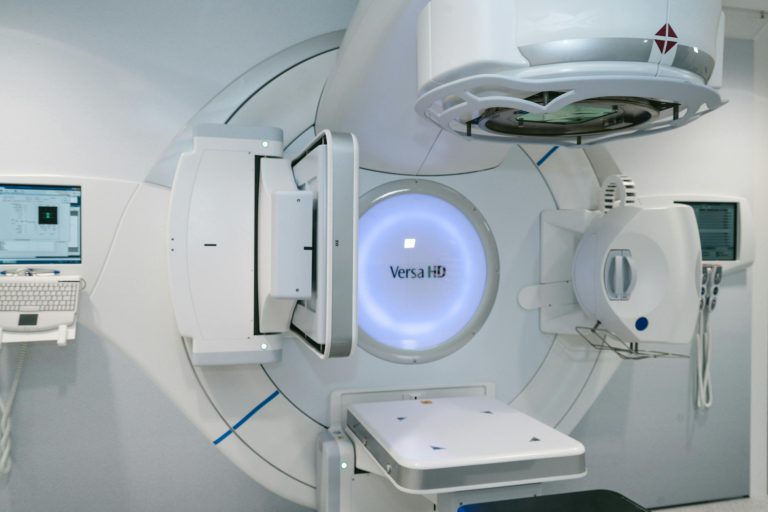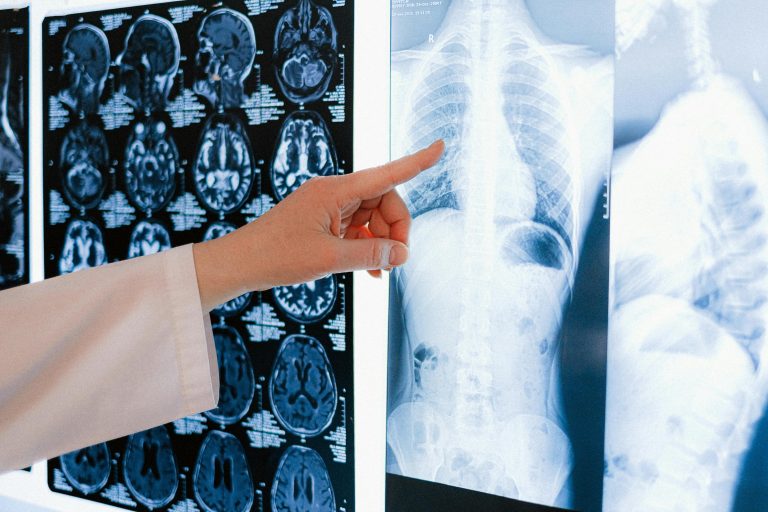The process of labour and delivery involves a series of stages that healthcare professionals monitor closely to ensure the safety and well-being of both the mother and the baby. Each stage has specific medical terms and procedures associated with it. Here, we will explore the stages of labour and delivery from a medical perspective, focusing on the terminology and roles of healthcare providers.
First Stage: Labor
The first stage of labour is divided into three phases: the latent (or early) phase, the active phase, and the transition phase. This stage involves cervical effacement and dilation, monitored through regular vaginal exams.
Latent Phase
- Cervical Effacement and Dilation: Effacement refers to the thinning of the cervix, and dilation refers to the opening of the cervix. During the latent phase, the cervix dilates from 0 to 3-4 centimetres.
- Contractions: Uterine contractions are mild to moderate, occurring at irregular intervals. They become more regular and increase in frequency and intensity.
- Medical Interventions: Limited at this stage; the focus is on comfort measures and monitoring.
Active Phase
- Cervical Dilation: The cervix dilates from 4 to 7 centimetres.
- Contractions: More intense, regular contractions occurring every 3-5 minutes and lasting 45-60 seconds.
- Monitoring: Continuous electronic fetal monitoring (EFM) or intermittent auscultation to assess fetal heart rate (FHR) and uterine contractions.
- Interventions: Pain management options, such as epidural analgesia or systemic analgesics, may be administered. Artificial rupture of membranes (AROM) might be performed to augment labour.
Transition Phase
- Cervical Dilation: The cervix dilates from 8 to 10 centimetres.
- Contractions: Very strong and frequent, every 2-3 minutes, lasting 60-90 seconds.
- Monitoring: Close monitoring of maternal vitals and fetal heart rate to detect any signs of distress.
- Interventions: Encouragement and support are crucial; some women may receive oxygen or IV fluids.
Second Stage: Delivery of the Baby
The second stage begins once the cervix is fully dilated and ends with the birth of the baby.
- Pushing: The mother is encouraged to push during contractions. Healthcare providers may use the Valsalva maneuver (bearing down) to assist in this effort.
- Fetal Descent and Crowning: The baby moves down the birth canal, and crowning occurs when the baby’s head becomes visible at the vaginal opening.
- Episiotomy: An incision made in the perineum to enlarge the vaginal opening, performed only if necessary to facilitate delivery.
- Delivery: The baby is delivered, and the umbilical cord is clamped and cut. Immediate assessment of the newborn is performed using the Apgar score at 1 and 5 minutes after birth.
Third Stage: Delivery of the Placenta
This stage involves the delivery of the placenta and is crucial for preventing postpartum hemorrhage.
- Contractions: Continue to help detach the placenta from the uterine wall.
- Placental Separation: Signs include a gush of blood, lengthening of the umbilical cord, and a rise in the uterine fundus.
- Delivery of Placenta: Gentle traction on the umbilical cord and uterine massage may be used to aid in the expulsion of the placenta.
- Examination: The placenta and membranes are examined to ensure completeness, preventing retained placental fragments, which can lead to hemorrhage.
Postpartum Period
The immediate postpartum period, or the fourth stage, focuses on the recovery of the mother and initial bonding with the baby.
- Monitoring: Vital signs, uterine firmness, and lochia (postpartum vaginal discharge) are closely monitored.
- Breastfeeding: Initiation of breastfeeding is encouraged within the first hour after birth.
- Emotional Support: Providing reassurance and addressing any concerns the mother may have.
In summary, the stages of labor and delivery involve a series of carefully monitored phases, each with specific medical terms and procedures. Healthcare providers play a crucial role in managing the process, ensuring the safety and health of both mother and baby. Understanding these terms and interventions can help expectant parents feel more informed and prepared for the birthing experience.















